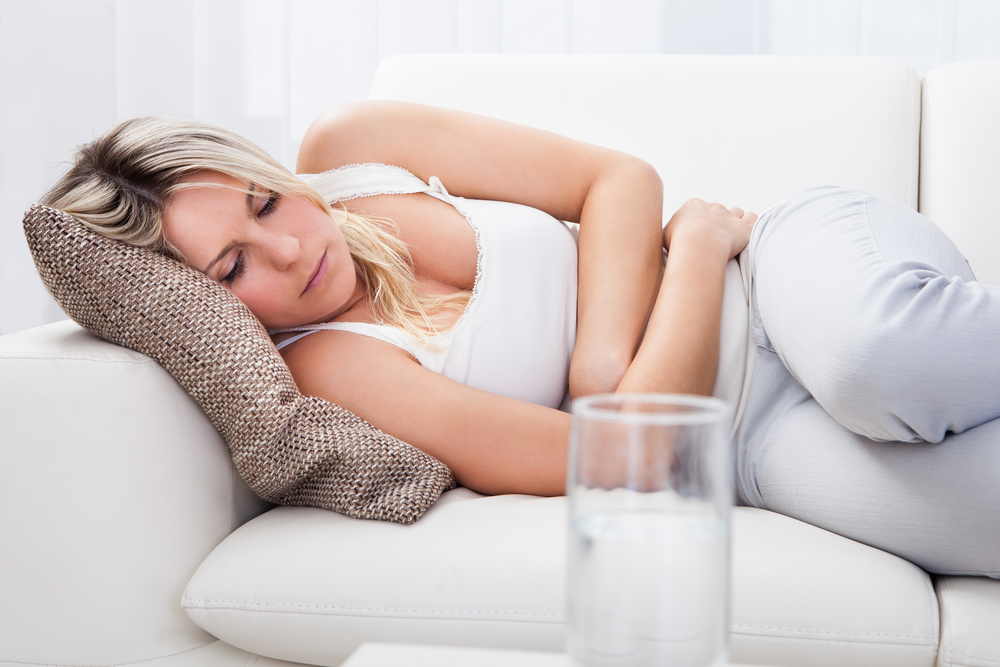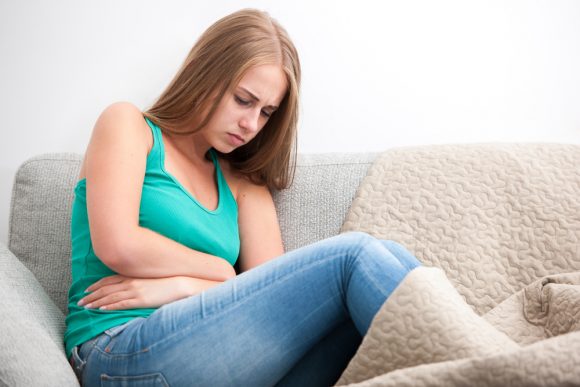Endometriosis is a chronic and often painful condition that affects up to 10 percent of women of reproductive age. Endometriosis occurs when the tissue that normally lines the inside of the uterus, called the endometrium, grows outside of the uterus.
This endometrial tissue can attach to other organs in the abdomen, such as the ovaries, fallopian tubes, bladder, or rectum, and can cause pain, infertility, and other health problems. You can also click over here if you want to know more information about endometriosis.

Endometriosis symptoms vary from person to person. Common symptoms include pelvic pain, cramping, heavy menstrual bleeding. Some women also experience bloating, fatigue, and emotional distress. Endometriosis can also cause infertility, as the growths may block the fallopian tubes and prevent the egg from reaching the uterus.
The exact cause of endometriosis is unknown. However, some factors may increase a woman’s risk of developing the condition, including a family history of endometriosis, early onset of menstruation, and a history of pelvic infections. Endometriosis is also more common in women who have never given birth.
Treatment for endometriosis is individualized depending on the severity of the condition and a woman’s symptoms. Non-surgical treatments may include hormone therapy, pain medications, and lifestyle changes such as exercise, stress reduction, and dietary changes. Surgery may be necessary to remove the endometrial tissue and to relieve pain.
It is important for women to be aware of the symptoms of endometriosis and to speak to their doctor if they are experiencing any of the symptoms. Early diagnosis and treatment can help reduce pain and improve fertility.


